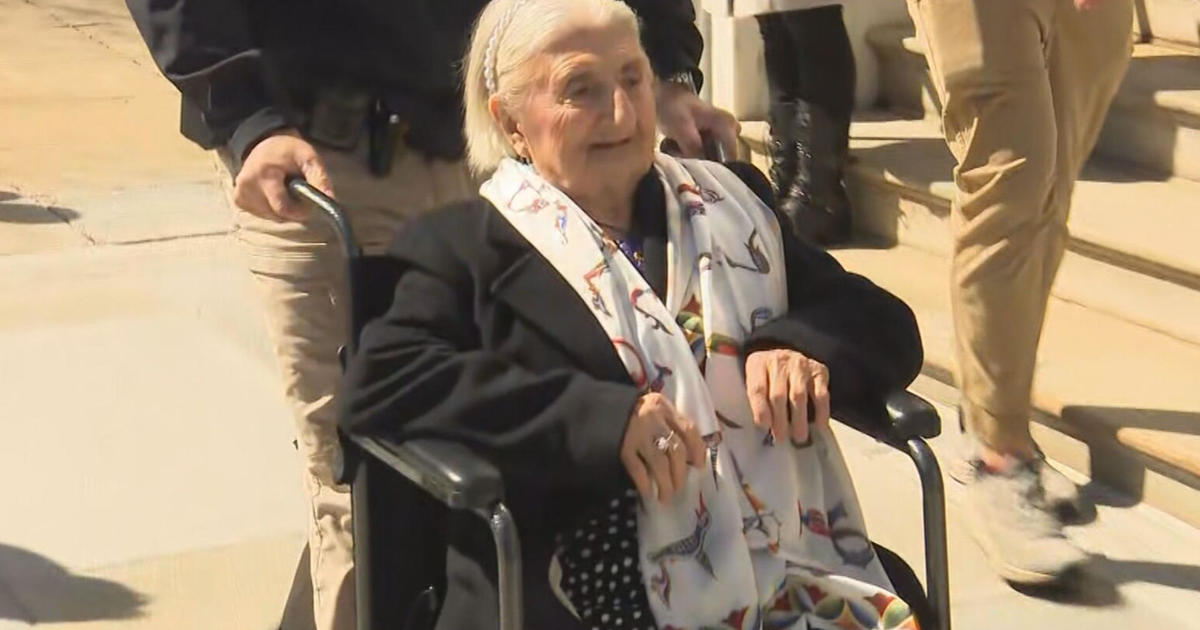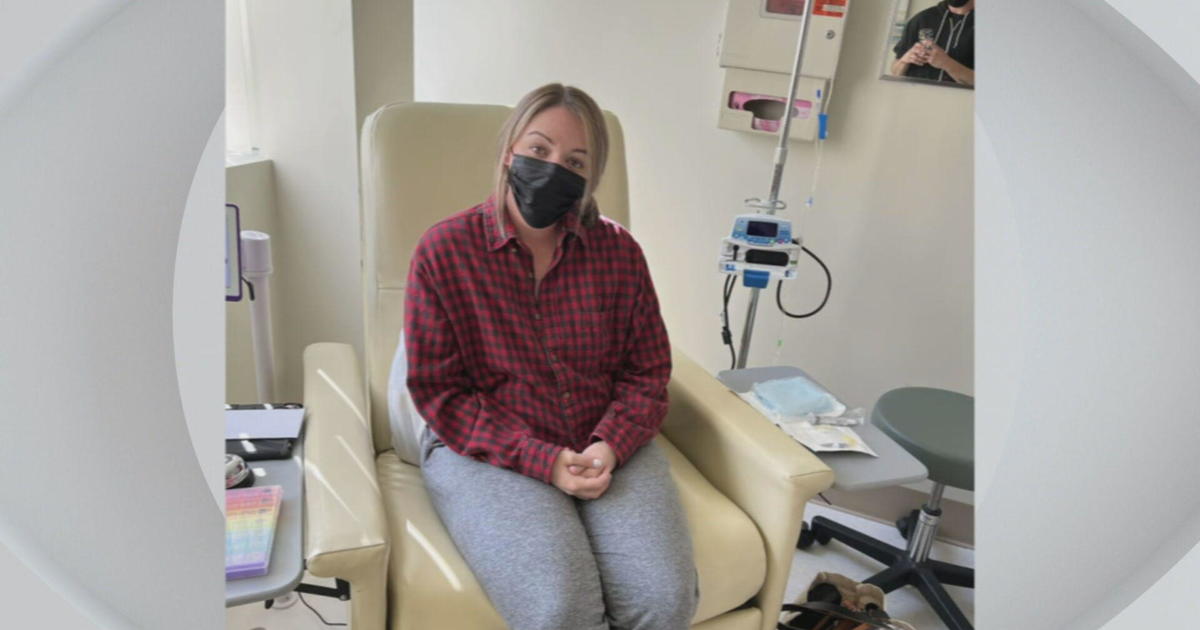Minimally-Invasive Procedure Successfully Treats Brain Aneurysms
By Heather Maloney - Beth Israel Deaconess Medical Center staff
On a sunny spring day in 2009, Mary Ann Tosi was sitting in a Needham church, attending a memorial mass for her parents. As she sat with her family in a back pew, a pain crept up the back of her head.
"I had been having chronic headaches for years, so I thought that's what it was," Tosi says. "But then it started to get more intense."
Minutes later she was in an ambulance, and on the way to the hospital, the pain became excruciating.
"When I got to the hospital, the doctor told me it was serious," Tosi says.
Tosi was suffering from a ruptured brain aneurysm, an abnormal ballooning of an artery that supplies blood to the brain. Approximately thirty percent of patients with a ruptured aneurysm die instantly, and of those who survive, about half are left with some permanent disability.
Tosi was quickly transferred to Beth Israel Deaconess Medical Center in Boston, where she had emergency surgery using a minimally-invasive technique that doesn't require cutting open a patient's skull.
"This is a major breakthrough," says Dr. Ajith Thomas, Chief of Cerebrovascular Surgery at Beth Israel Deaconess Medical Center. "The majority of aneurysm patients here at BIDMC are now treated using this technique."
Called endovascular coiling, the procedure uses tiny coils to block blood flow into the aneurysm, effectively sealing it off. The coils are inserted using a catheter that is threaded through the groin up into the artery, with no cutting required.
Coiling is less invasive than surgical clipping, the traditional method for treating an aneurysm. During the clipping procedure, the surgeon must cut open the skull to place a small metal clip on the neck of the aneurysm to stop the blood flow.
"There is still a small subset of aneurysms that have to be clipped," Dr. Thomas says, "but that number is dropping."
Patients who have the coiling procedure enjoy many benefits, not the least of which is avoiding the potential complications of brain surgery.
"When you do surgery on the skull, it can be difficult to see all of the very small arteries (perforators) clearly, which can cause devastating complications," says Dr Thomas. "With coiling, that's less of a problem."
Patients are also spared any disfigurement of the head or face (which often results from cutting into the skull), and they typically enjoy a shorter hospital stay.
There are few drawbacks to the coiling treatment. The main problem is that the procedure may need to be repeated down the line, but since it's so minimally invasive, that's not too much of a concern, according to Dr. Thomas. And, though very small, there is also the risk of stroke, which Dr. Thomas puts at less than 2%.
"Here at BIDMC, we have had minimal complications (from coiling unruptured aneurysms) in the last four years," he says. "It's a great tool to have available to us."
Mary Ann, for one, is grateful for having had the procedure--and is grateful to Dr. Thomas as well.
"He can't believe I'm doing as well as I am."
Above content provided by Beth Israel Deaconess Medical Center. For advice about your medical care, consult your doctor.



